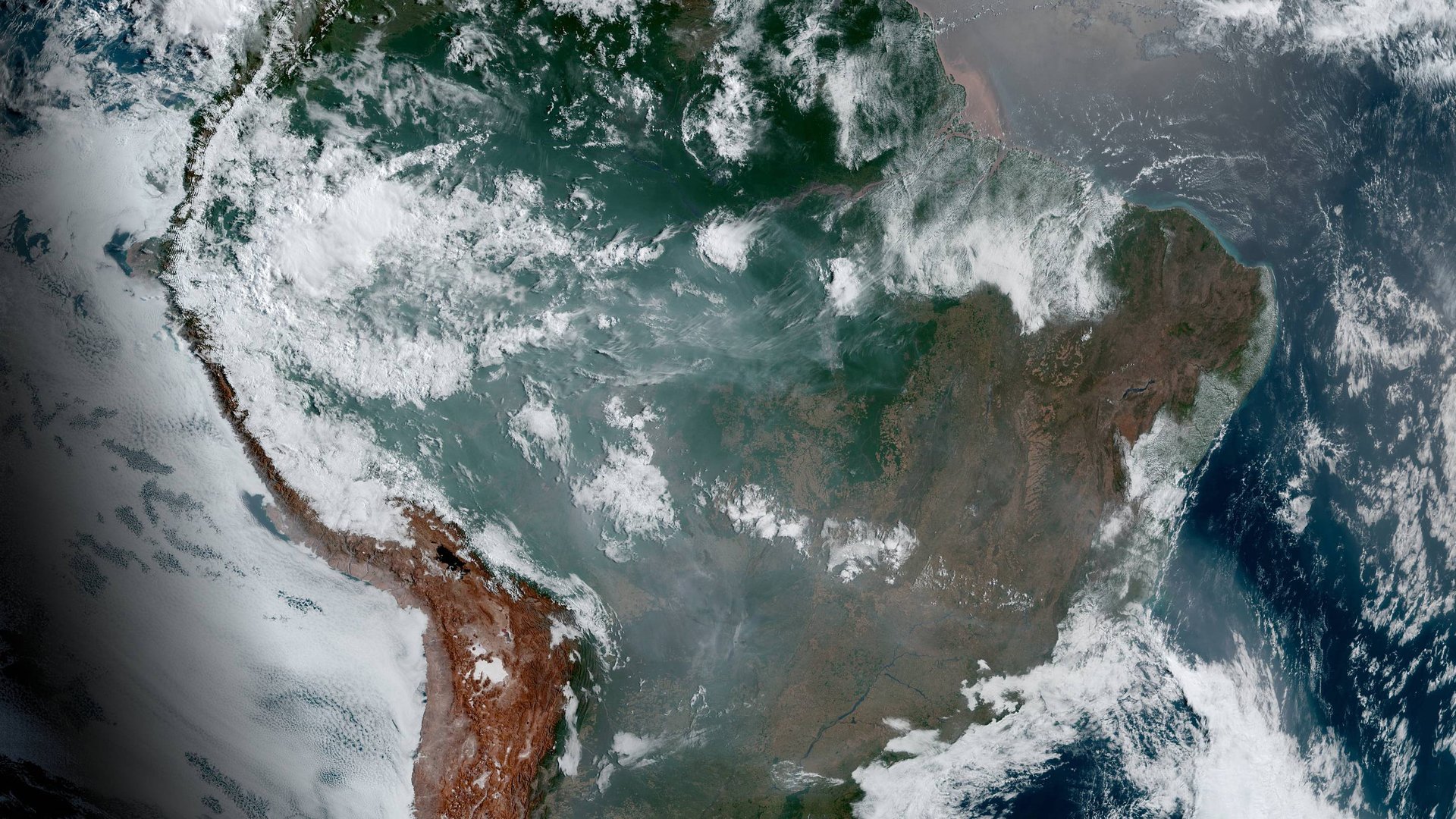The fires in the Amazon were likely set intentionally
The Amazon rainforest is burning at an unprecedented rate, and the fires are unlikely starting themselves. Rather they may be set by people in an attempt to clear land for cattle ranching.


The Amazon rainforest is burning at an unprecedented rate, and the fires are unlikely starting themselves. Rather they may be set by people in an attempt to clear land for cattle ranching.
Cattle ranching is responsible for as much as 80% of the ongoing deforestation of the Amazon rainforest. A significant portion of the global beef supply, including much of the UK’s corned beef supply, originates on land that was once Amazon rainforest and is now denuded.
“The fire that we’re seeing today is a fire that’s directly related to deforestation,” Ane Alencar, the scientific director of Brazilian NGO IPAM (Institute of Environmental Research in Amazonia), told forest news website Mongabay. These are not wildfires, she said, but rather fires set by people seeking to create cattle ranches, intentionally ignited during the dry season each year. “They cut the trees, leave the wood to dry and later put fire to it, so that the ashes can fertilize the soil.”
When the rainy season returns, grass for cattle briefly flourishes, thanks to the nutrients left by the ashes, Mongabay reports.
In satellite images of Mato Grosso, Brazil provided by satellite company Planet, taken on Aug. 20, smoke wafts above fragments of the rainforest interspersed with tan-colored squares of farmland, where the Amazon has already been deforested for agriculture.
As Brazilian president Jair Bolsonaro has expressed disdain for conserving the rainforest, his support for industrial growth has reportedly encouraged ranchers and other developers to move more brazenly into undeveloped forest land—much of which is indigenous territory.
Research has shown that indigenous management practices are the best approach to maintaining the health of tropical rainforests globally. Satellite imagery from the Amazon confirms that research; between the 1980s and 2018, deforestation crept all the way up to and against the exact contours of the Xingu Indigenous Park in Brazil, for example.
Over the last half century, a total area larger than the state of Texas has been lost to deforestation. As loggers, ranchers, and miners continue to encroach on the ecosystem, the loss is accelerating: Last month, it peaked at a rate of more than three football fields a minute.
Tropical rainforests are critical storage sites for carbon dioxide, keeping the greenhouse gas in its solid carbon state, locked away in soils and trees. The Amazon is the world’s largest tropical rainforest, making its protection critical to preventing runaway climate change.
The Amazon is also a biodiversity hotspot, and includes the most biodiverse place on Earth, making its preservation a matter of slowing down plant and animal extinctions, too. Hundreds of thousands of indigenous people in more than 400 tribes also live in the Amazon, and rely on the rainforest to support their lives and preserve their cultures.